The Hidden Link Between Shoulder Internal Rotation and Tennis Elbow
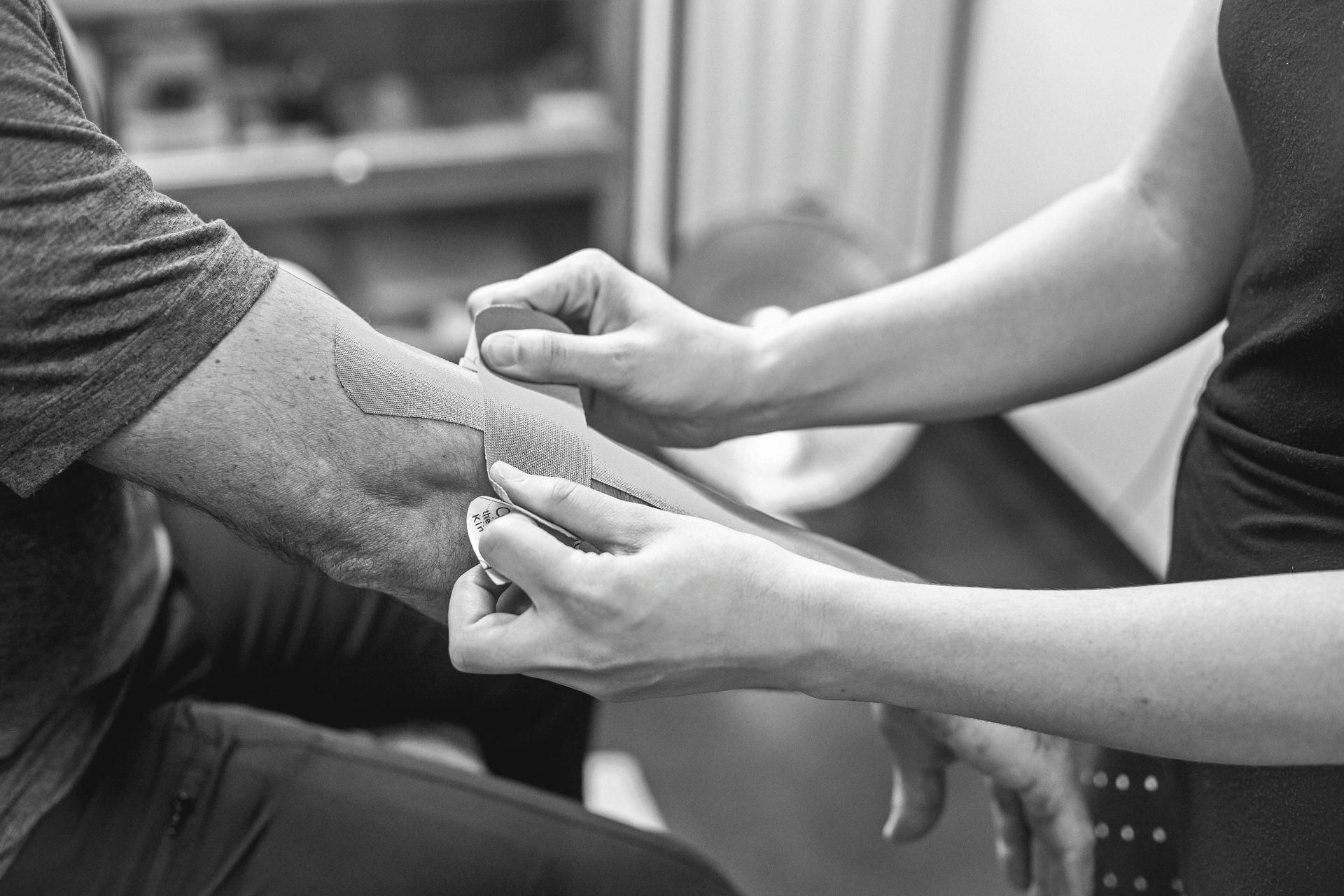
Tennis elbow is more than just an athlete's ailment; it's a common condition that can affect anyone engaging in
repetitive arm movements. While the pain centres around the elbow, the root cause may be higher up - in the shoulder.
Specifically, shoulder internal rotation can place excessive stress on the arm muscles and tendons, leading to or worsening tennis elbow symptoms. Understanding this connection is key to effective treatment and prevention.
In this article, we'll explore how shoulder internal rotation contributes to tennis elbow and how targeted interventions can provide relief.
Understanding Tennis Elbow and Shoulder Internal Rotation
What Is Tennis Elbow?
Tennis elbow, or lateral epicondylitis, is characterised by pain on the outer part of the elbow due to overuse of the forearm muscles and tendons. These muscles are responsible for extending the wrist and fingers, and repetitive strain can lead to micro-tears in the tendons, causing inflammation and pain.
What Is Shoulder Internal Rotation?
Shoulder internal rotation occurs when the upper arm bone (humerus) rotates inward toward the body's centerline. This posture is common in activities that involve forward-reaching motions but can become problematic when it becomes habitual due to poor ergonomics or muscle imbalances.
How Shoulder Internal Rotation Contributes to Tennis Elbow
- Biomechanical Misalignment: Internal rotation of the shoulder alters the natural alignment of the arm, increasing stress on the elbow joint during movement.
- Muscle Imbalances: This posture tightens the front shoulder and chest muscles while weakening the upper back muscles. The forearm muscles compensate for this imbalance, leading to overuse.
- Increased Tendon Load: The altered mechanics place additional load on the tendons connected to the lateral epicondyle of the elbow, exacerbating pain and inflammation.
Effective Exercise
Twist Bicep Curls
One of the most effective exercises to combat the effects of shoulder internal rotation is the twist bicep curl.
Benefits:
- Strengthens Forearm and Bicep Muscles: Targets muscles strained by poor shoulder posture.
- Improves Supination: Enhances the outward rotation of the forearm, reducing elbow stress.
- Corrects Muscle Imbalances: Promotes balanced muscle development in the arms.
How to Perform:
- Starting Position: Stand with feet shoulder-width apart, holding dumbbells at your sides with palms facing your thighs.
- Curl Movement: As you lift the weights, rotate your wrists outward so your palms face upward by the time they reach shoulder level.
- Lowering Phase: Slowly lower the weights, rotating your wrists back to the starting position.
- Repetitions: Perform 2-3 sets of 10-12 reps with controlled movements.
Professional Help at Good Health Group Clinic
If you're experiencing symptoms of tennis elbow and suspect that shoulder internal rotation may be a contributing factor, professional guidance can make all the difference. At
Good Health Group Clinic, we not only address the immediate symptoms but also focus on long-term solutions to prevent recurrence.
Our team of experts provides comprehensive care, including post-treatment exercises tailored to your individual needs. By customising exercise programs, we ensure that you receive the most effective interventions for your specific condition and lifestyle.
- Myotherapist Ian Selvarajoo: Specialises in muscle manipulation techniques to relieve tension and correct muscle imbalances. Ian develops personalised exercise plans to strengthen affected muscles and improve posture.
- Remedial Therapist Sam Noh: Provides targeted therapies to alleviate pain and restore function. Sam adjusts exercises to suit your individual capabilities, ensuring safe and effective rehabilitation.
- Chiropractor Tanja Nishibata: Focuses on spinal and postural alignment to address the root causes of musculoskeletal conditions like tennis elbow. Tanja offers customised exercises to correct posture and enhance overall musculoskeletal health.
By offering personalised post-treatment exercises, we aim to empower you with the tools needed to manage your condition effectively and prevent future issues.
Conclusion
Tennis elbow can stem from unexpected sources like shoulder internal rotation. By addressing this root cause through targeted exercises and seeking professional help, you can alleviate pain and prevent future occurrences.
At
Good Health Group Clinic, our dedicated professionals not only provide expert care but also offer post-treatment exercises adjusted to your individual needs. We're here to guide you on your path to recovery, helping you return to your daily activities pain-free.
Scientific Evidence Supporting the Connection
Research supports the link between shoulder internal rotation and tennis elbow:
- Biomechanical Impact: Studies show shoulder position affects forearm muscle load, influencing tennis elbow development.
- Muscle Activation: EMG analyses reveal increased forearm extensor activation with shoulder internal rotation.
- Postural Assessments: Patients with tennis elbow often exhibit internal shoulder rotation, indicating a correlation.
References
- Lin, J. H., et al. (2011). Influence of shoulder position on the grip strength of the rotator cuff muscles in patients with lateral epicondylitis. Journal of Shoulder and Elbow Surgery, 20(6), 893-898.
- Day, J. M., et al. (2015). The effect of upper limb posture on forearm muscle activity during gripping. Ergonomics, 58(11), 1830-1840.
- Cools, A. M., et al. (2014). Rehabilitation of scapular muscle balance: which exercises to prescribe? The American Journal of Sports Medicine, 42(5), 1315-1322.
Blogs
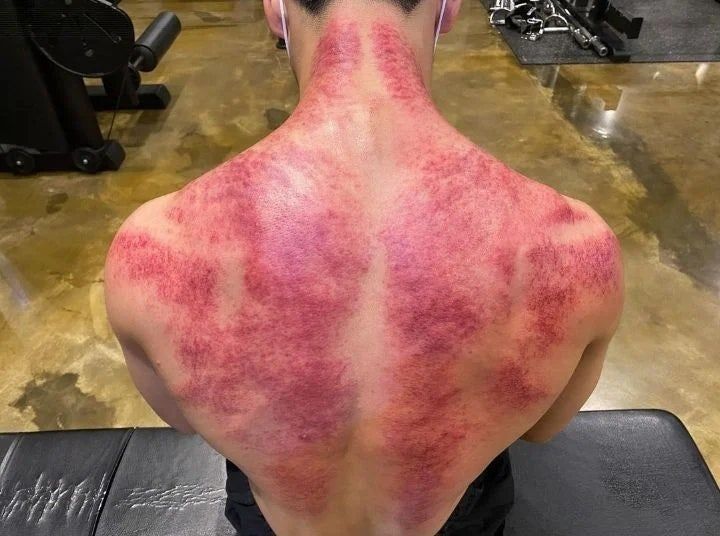
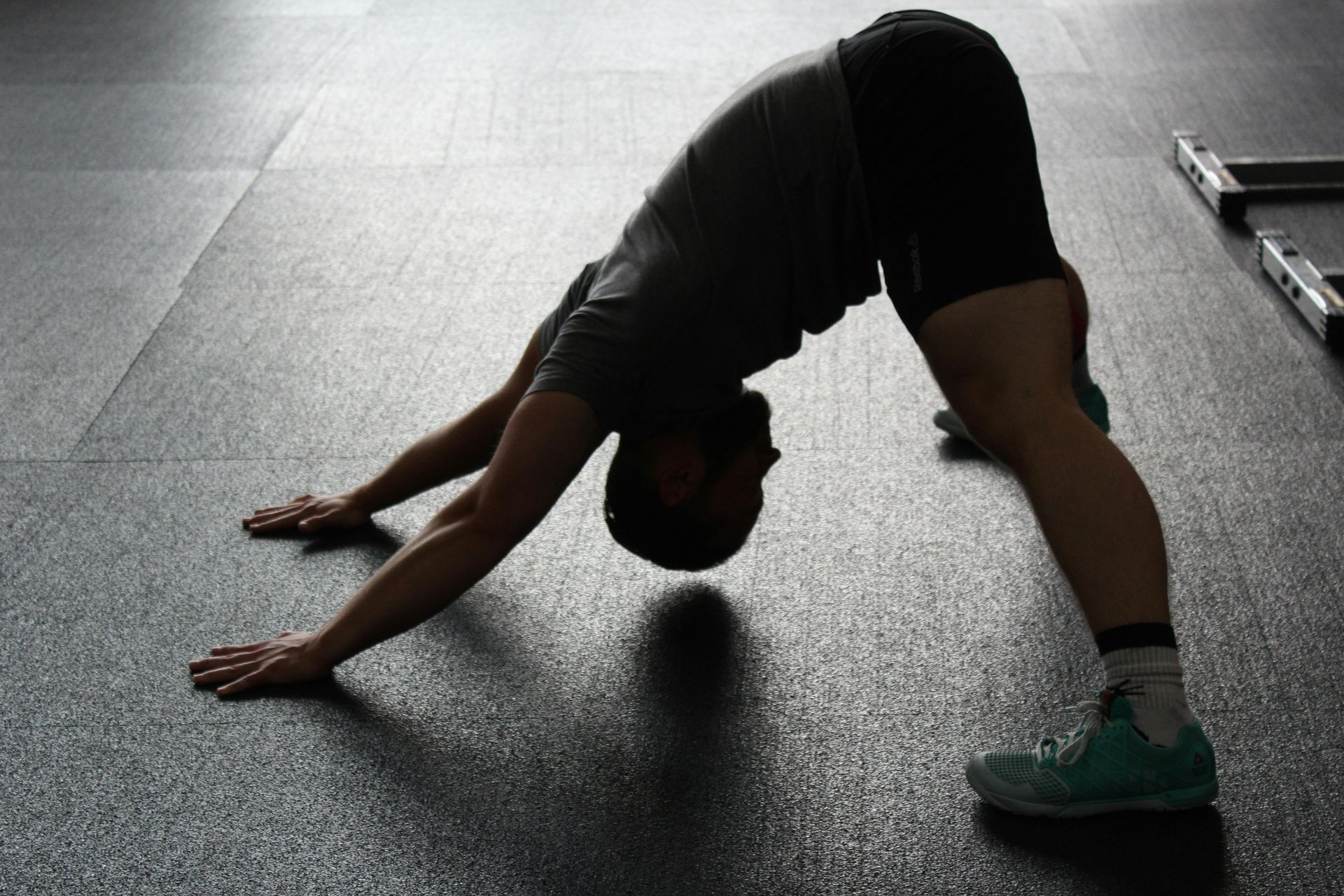



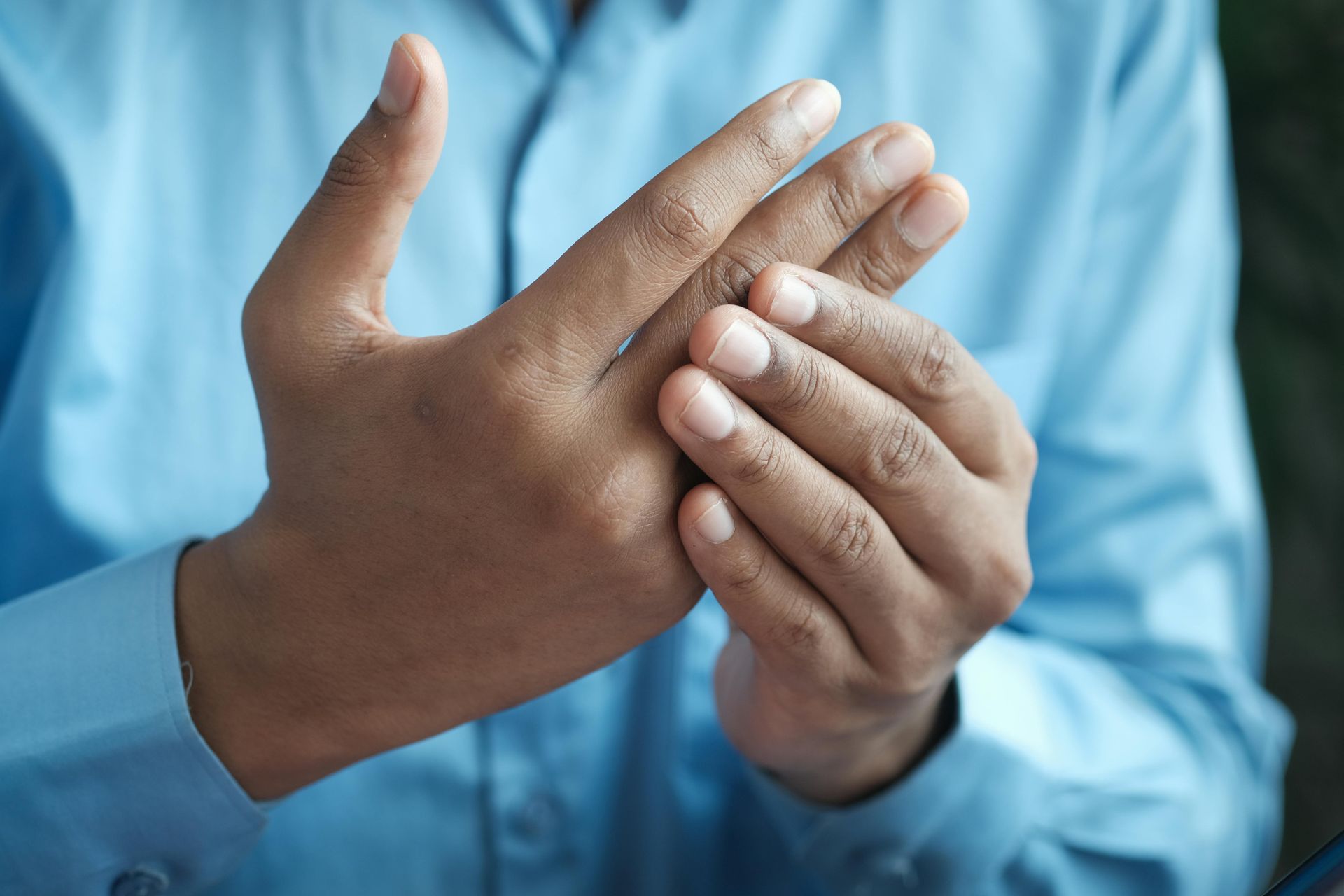

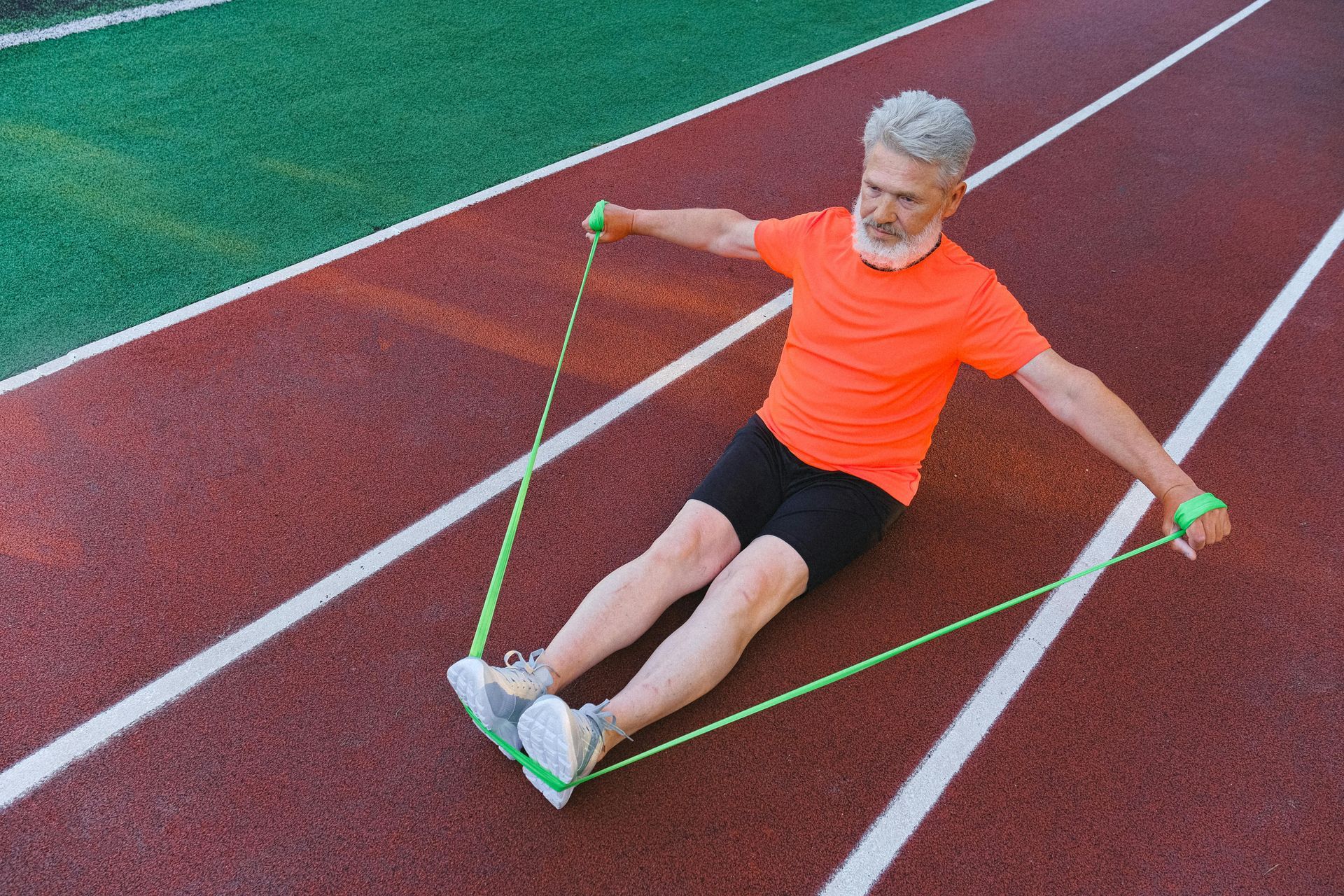
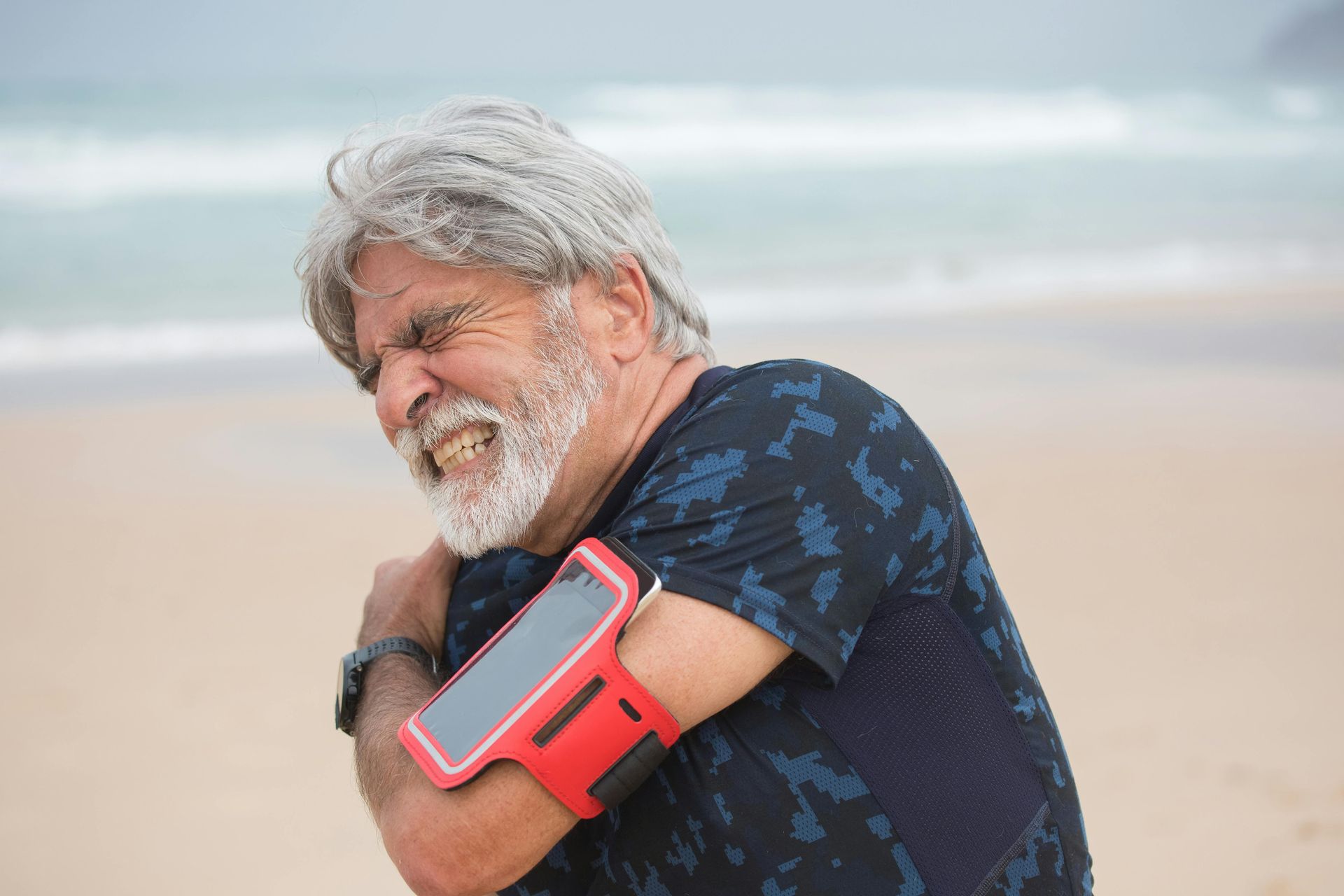
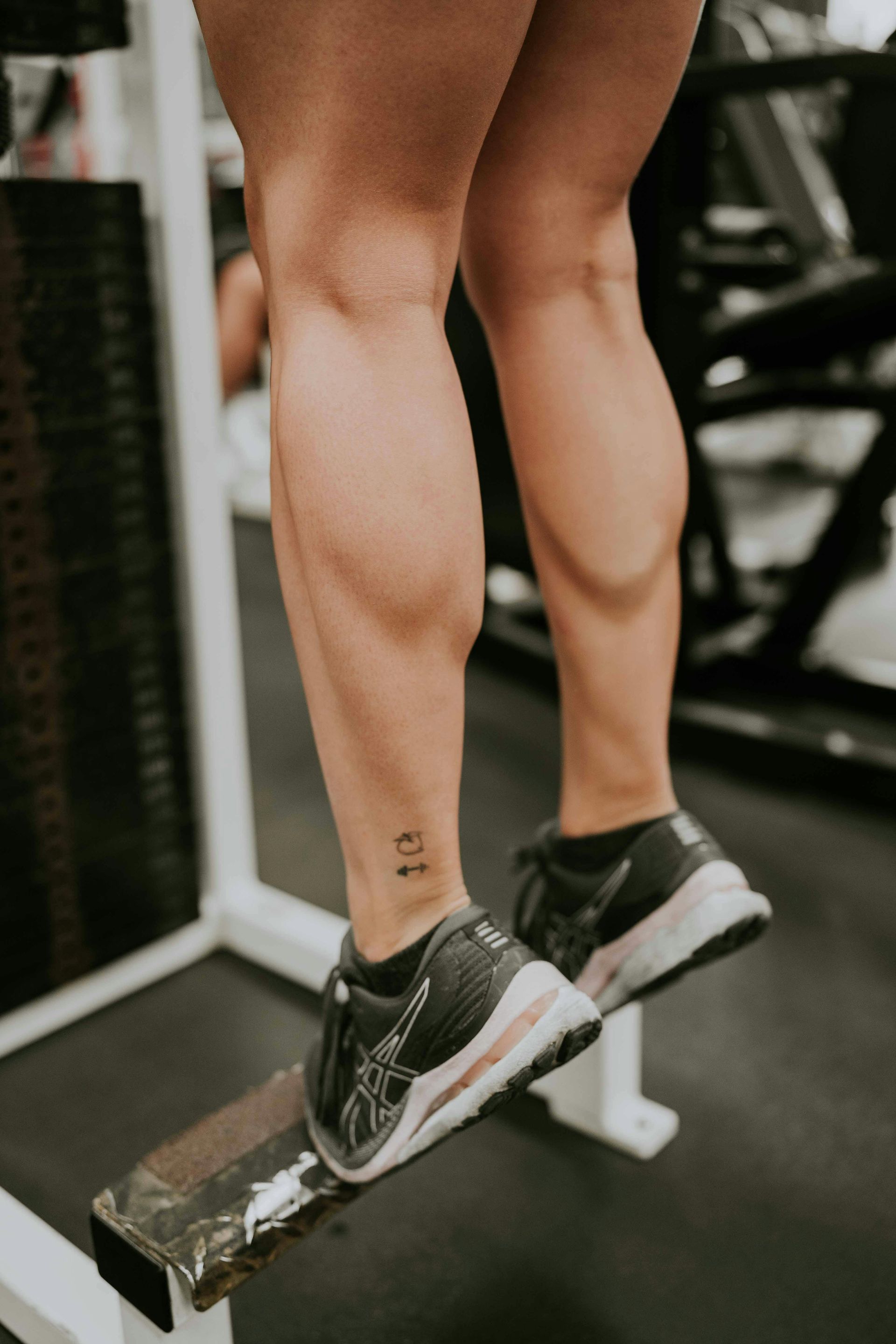
At Good Health Group Clinic, we empower your holistic well-being through personalized, integrative care. Join us on the journey to a healthier, more vibrant life. Contact us today to start transforming your health.
Contact Us
Call us at -03 9505 0595
Email us at - info@ghgc.com.au
333 Nepean Hwy Brighton East VIC 3187
(Mon-Fri 9am-8pm, Sat-Sun 10am-6pm)




